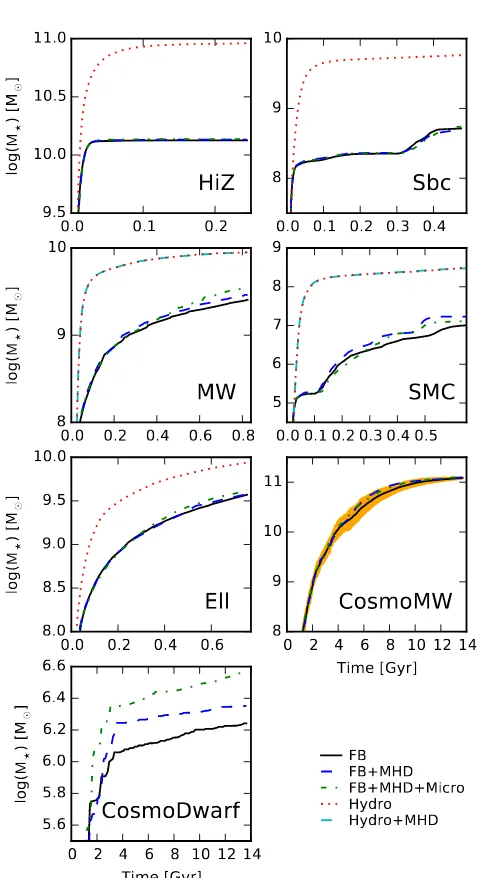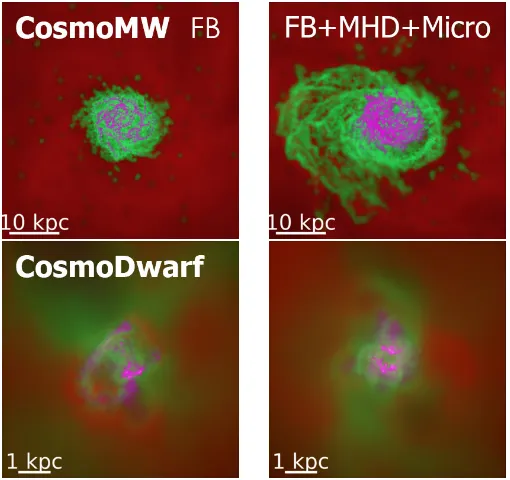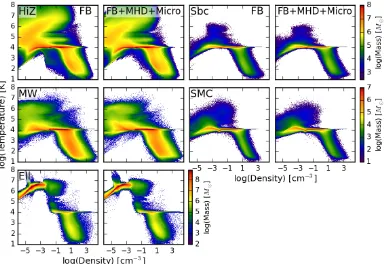Stellar Feedback, AGN Feedback and Fluid Microphysics in Galaxy Evolution
Full text
Figure




Outline
Related documents
Master's programs were later added in Bilingual Education, Children‘s Ministry, Christian Education, Christian Ministry, Communication, Counseling, Curriculum and
performance. Using cross-sectional data from 260 long-haul truck drivers, we: 1) used factor analysis to identify possible latent sleep disorders; 2) explored the construct validity
The conceptual model of team cohesion is based on interaction between the ahtlete’s group orientation (social and task) and the athlete’s perception of the team in
To take these effects into account, we augment the specification used for empirical analysis with additional variables, in particular the foreign interest rate, exchange rate,
MiRNA expression and DNA methylation changes were also investigated in FACS sorted CD44 high oral cancer stem cells from primary tumor samples (CSCs), and in oral rinse and saliva
Managing Statistical Output Reproducible Research Using Stata reStructuredText Examples Dynamic do-files A “dynamic” do-file do-file data analysis stata2doc.py writing..
We proposed a semi-supervised adapted Hidden Markov Model (HMM) framework, in which usual event models are first learned from a large amount of (commonly available) training data,
The fact that participants had to touch the screen twice per prompt (Figure 2) reduced the chances of quick random decisions. Second, we checked the consistency of the





